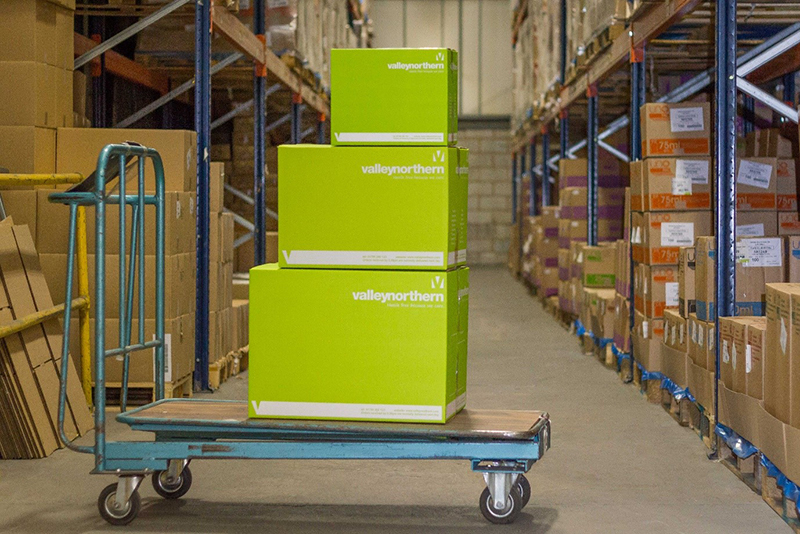Imagine if a packet of antibiotics could tell a patient whether it had been opened and which pill had been taken and at what time. Then, imagine if things could be taken a step further and the medication could alert patients when it was time to take the next one, then feed this information back to their doctor as part of a healthcare management system.
The pharmaceutical industry isn't far off this point, and improving patient compliance is just one of many benefits that smart packaging will be able to offer.
Setting a reminder
A staggering percentage of people do not take their medicine correctly, costing the NHS around £500 million every year. Smart packaging can provide patients with a better understanding of their medication, and how to take it safely. By implementing a radio-frequency identification (RFID) that communicates with Wi-Fi enabled devices, packaging could remind patients when to take their medication and supply a dosage schedule to help them get the most out of it.
This data could then be transmitted to the patient's GP or pharmacist, enabling them to monitor treatment plans without frequent face-to-face follow ups. The ability to provide patients with the information they require to safely take their medication could decrease unnecessary appointments, providing some breathing space for already overburdened health service practitioners.
Data also has the potential to re-define the supply chain. Tapping into digitalisation could allow pharmacists to better track the medication that has been dispensed, and when it's time to re-order. This would mean that healthcare facilities are only supplied with medication that is needed, which would be particularly beneficial in terms of seasonality, such as hay fever or flu medication.
The fight against fraud
There are known problems with drugs being tampered with, swapped for cheaper, less effective alternatives, and subjected to non-compliant storage and handling. Sensors could provide the possibility to mitigate against counterfeit drugs and prevent medication tampering.
For instance, by changing colour if medication has been opened or if temperatures suddenly change, sensors on smart packaging can help indicate whether its contents has been spoiled, switched or replaced with an unwanted counterfeit.
The Falsified Medicines Directive (FMD) will come into place in 2019, meaning all new packs of prescription medicines in Europe will have to include two new safety features: an anti-tampering device and a unique identifier in the form of a barcode. Smart packaging with scannable features holds the potential make this process run smoothly for pharmacists, while ensuring medicine safety.

Using smart packaging would also allow pharmaceutical companies to monitor environmental conditions during transit, storage and delivery including temperature, humidity and damage, to ensure that medicines are still effective and safe for consumption by the time they reach the patient.
The benefits of bespoke
For these innovations to take place, current packaging needs to adapt. Digital additions to packaging seem to be the way forward, but at the same time they cannot simply be placed over the important information already on a box or label. Instead, a bespoke packaging design, such as our own Custom Print Design Tool, would allow pharmaceutical manufacturers to reap the benefits of smart packaging while the medicine’s original information isn’t interfered with.
As digital developments become integrated into the market, pharmaceutical packaging will mean more than just boxes and bags. Smart packaging will not only optimise production on a manufacturing level, but with the introduction of sensors and digital add-ons, packaging will also help to ensure that patients get the most out of their medicine.
